Components in your rainwater harvesting system are key to ensuring quality rainwater. Even if you don’t plan on drinking the rainwater you collect, debris and other contaminants can still present multiple problems. Who wants to collect water filled with rotten leaves, disease-carrying mosquitoes and other debris?
Here’s a continuation of the list of must-have components you should consider for your rainwater collection system.
Rainwater Harvesting Protective Implements
• Course mesh / roof gutter mesh
• Rain head leaf diverter
• First flush diverters
• Tank screen / inlet strainer
• Insect-proofing screens for pipes
• Air gap for the tank overflow
• Rainwater filtration system
Course Mesh / Gutter Guard

First and foremost, it’s good to note that the first amount of water will contain the highest proportion of pollutants. Prolonged dry spells, in particular, help lay the groundwork for organic material and other debris to accumulate.
A course mesh installed over roof gutters is the first line of defence against potential pollutants.
It’s possible for other debris to still find their way in the gutters. However, these remaining contaminants can still be eliminated by incorporating other protective elements like first flush diverters. More on this below.
Rain Head Leaf Diverter
As the name suggests, a rain head leaf diverter helps to filter any leaves that might’ve fallen from your gutters. It can be fitted to your downpipes if a course mesh was not installed or simply as an added layer of protection.
Rain head leaf diverters reduce the amount of leaf and dirt that other protective components down the system must deal with (e.g. first flush diverter and tank inlet strainer).
Download this Free Report

First Flush Diverters
First flush diverters work by diverting the first batch of contaminant-laden water into a chamber, ensuring that any pollutants from the first spell of rain don’t find their way into your water tank.
Tank Screen / Inlet Strainer
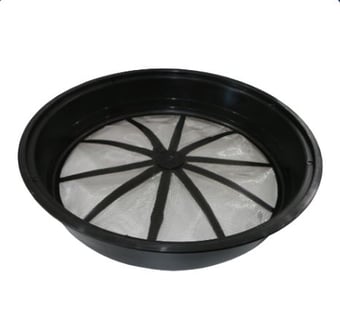
A tank screen or inlet strainer is designed to protect your tank’s entry point in order to prevent mosquitoes and other pollutants from entering your tank.
Insect-Proof Screens for Overflow Pipes
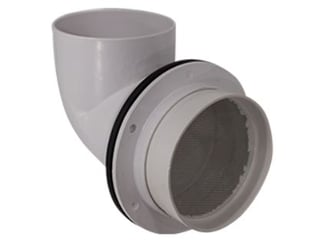
Consider putting screens to the end of all pipes to prevent mosquitoes and other animals from entering your water tank.
Air Gap for Tank Overflows
If your rainwater is plumbed into stormwater, stormwater backflow is likely. Stormwater could contaminate water inside your tank. Installing an air gap to the tank overflow will prevent this from happening.
Rainwater Filtration System
Consider installing an appropriate rainwater filtration system to help further reduce contaminants.
Reliable Rainwater Tanks for Rainwater Harvesting

All the above components exist to ensure quality rainwater -- which you deserve! If you have yet to purchase a new rainwater tank, it's good to take note of each of these components so you can fit them in your budget early on.
Related Article:
Part 1: Every Must-Have Component for Rainwater Harvesting You Should Be Familiar With



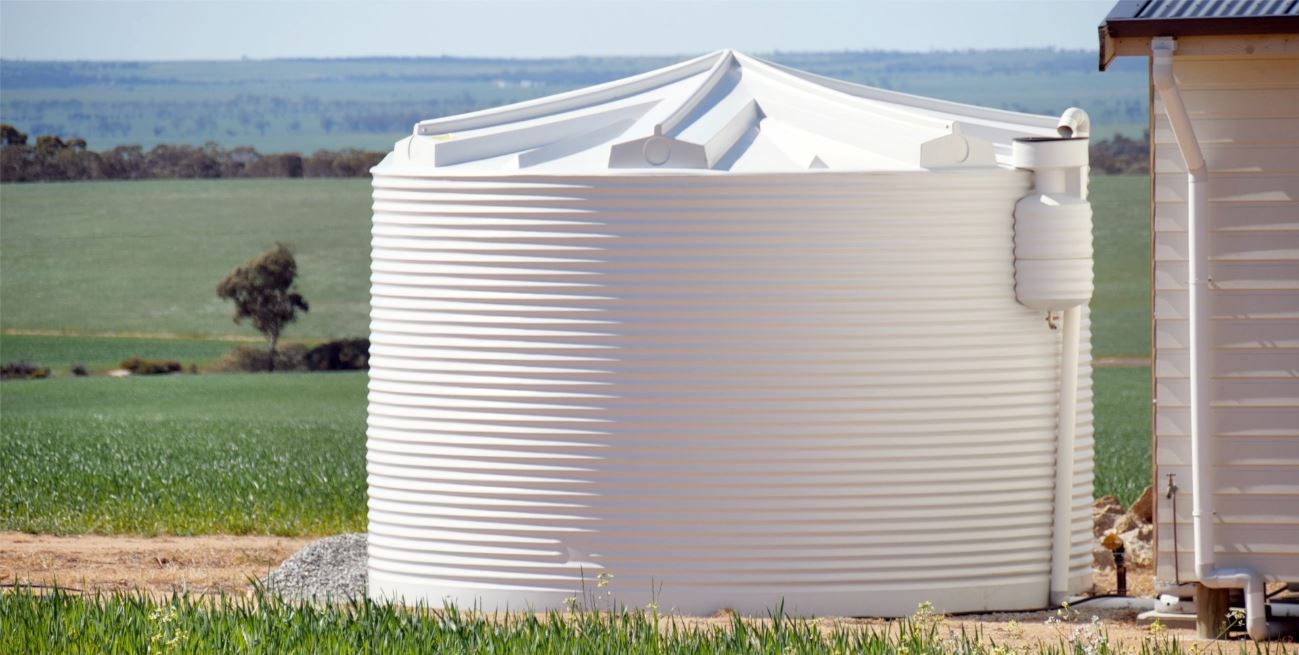
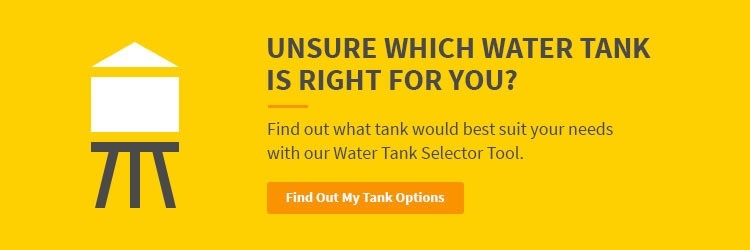

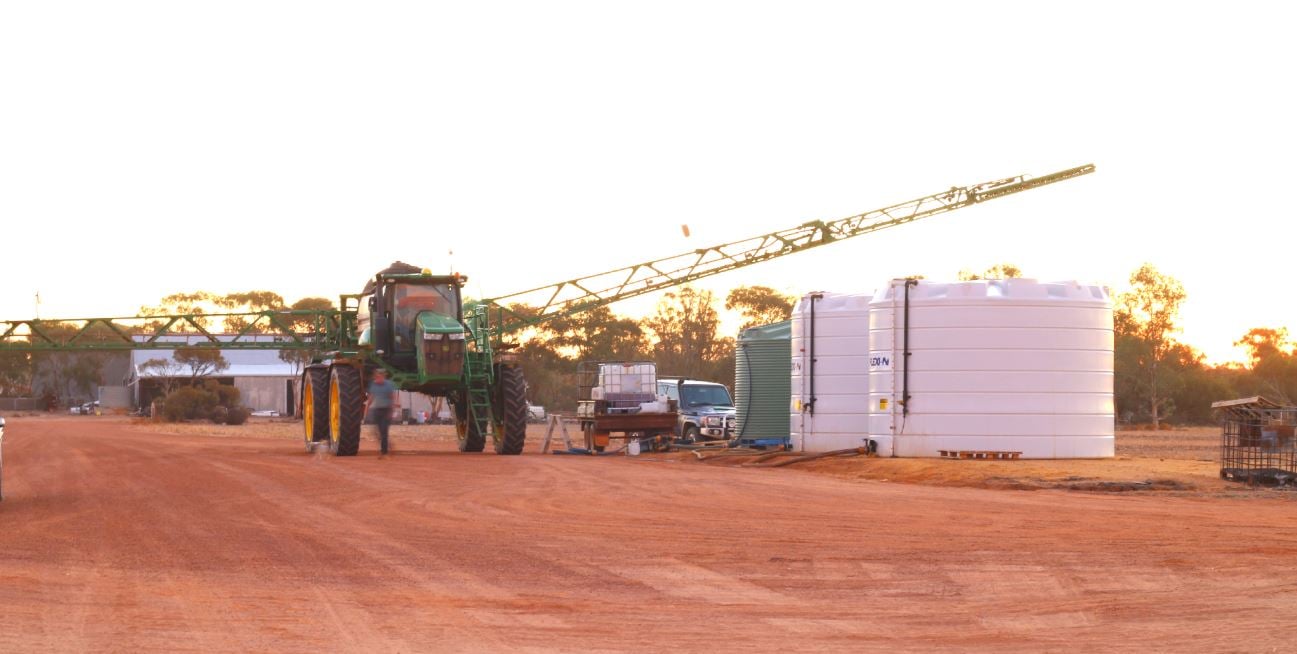

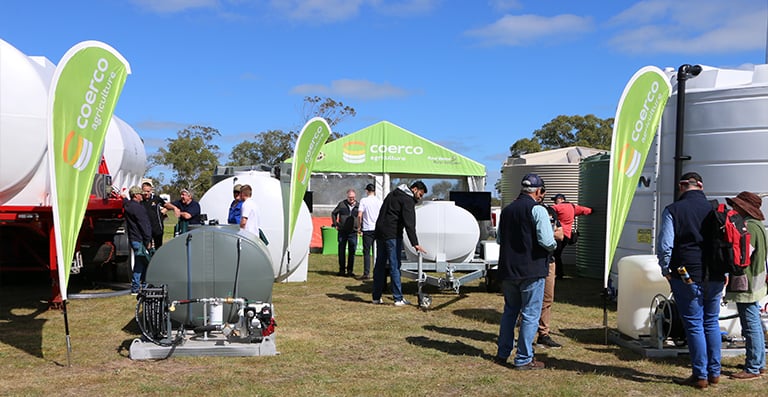
What do you think about this post?
Comments